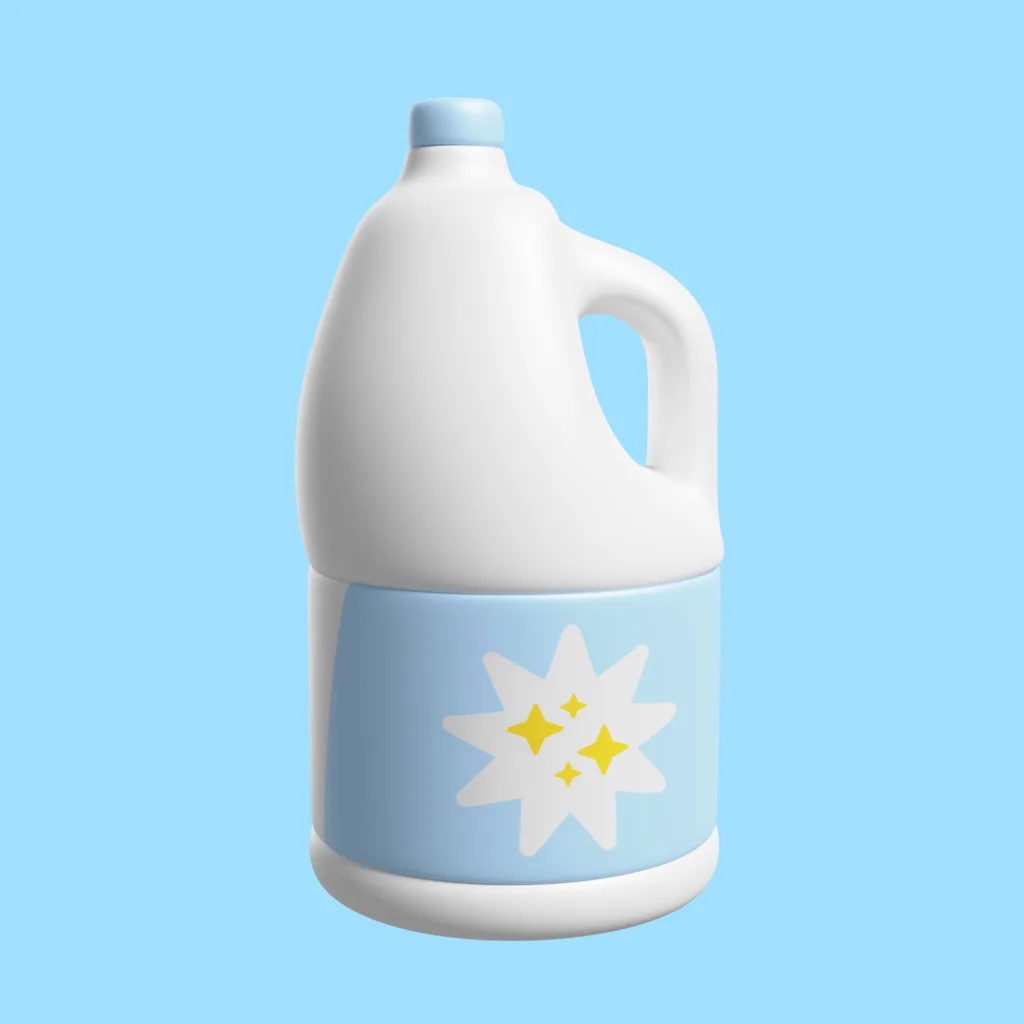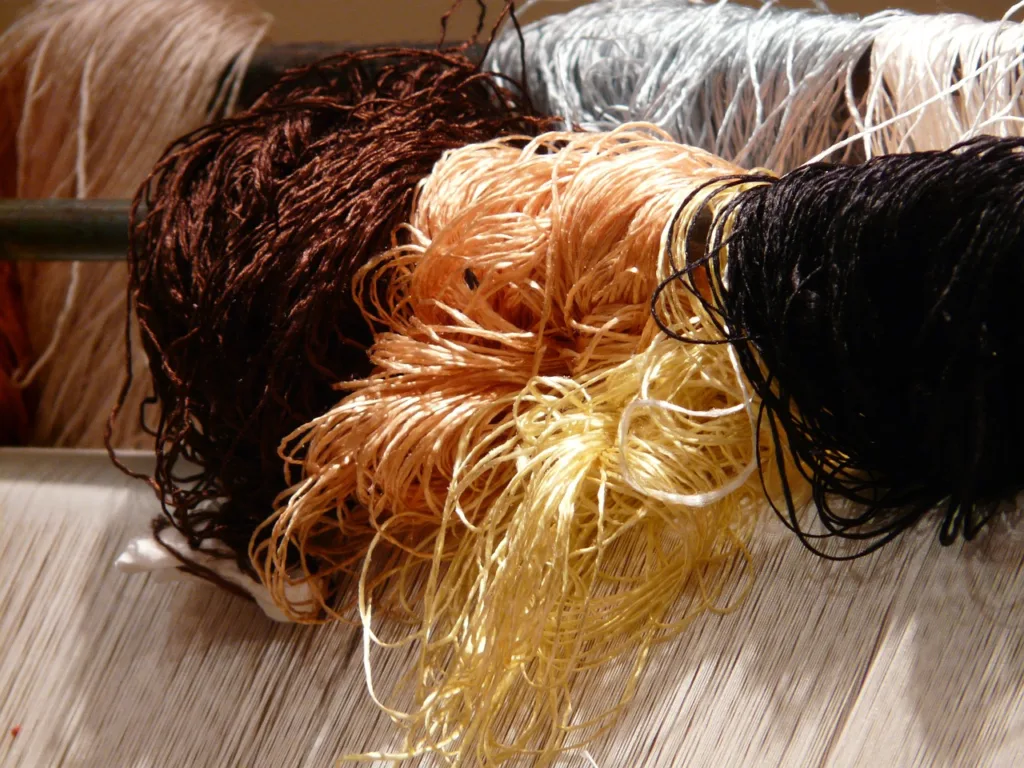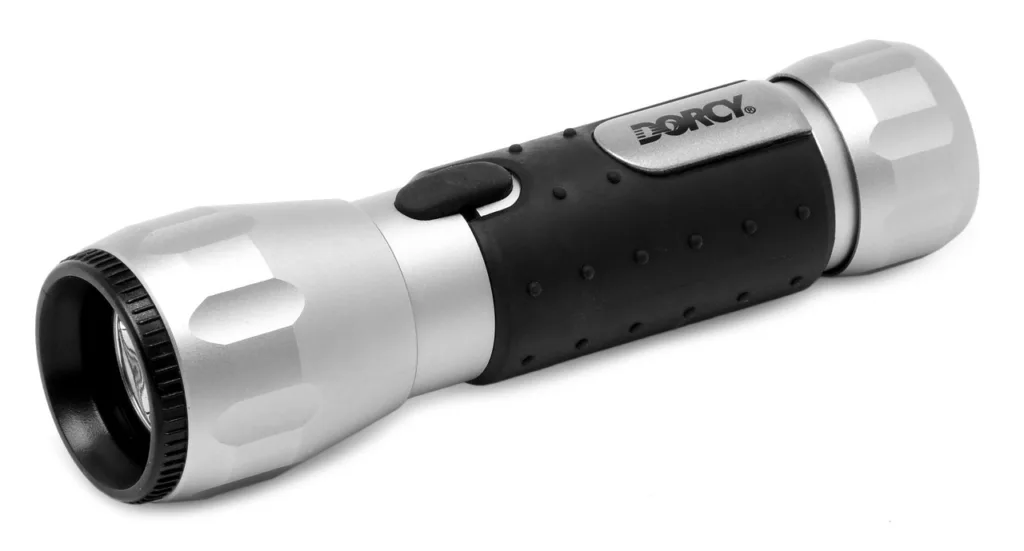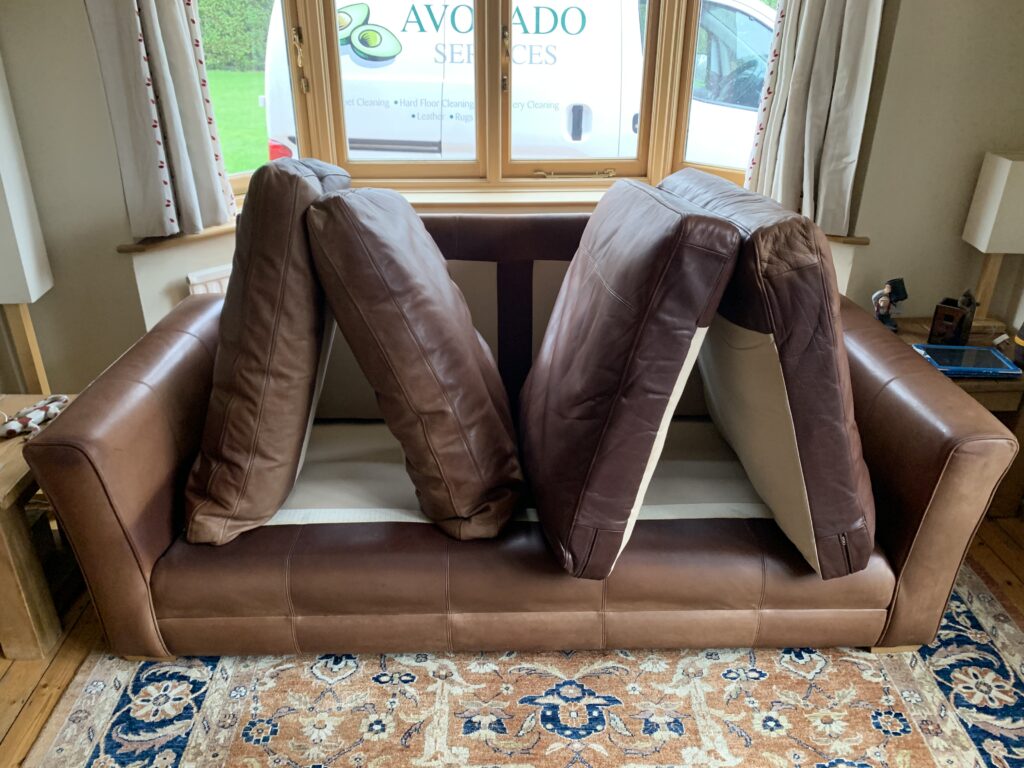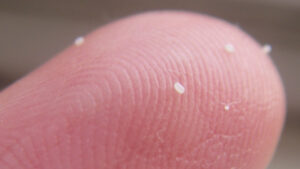Why You Should Avoid Using Bleach to Clean Carpets
Bleach, a common household cleaner, is often turned to for its potent disinfectant properties and ability to eradicate tough stains. However, when it comes to carpet care, the seemingly miraculous powers of bleach are more of a curse than a blessing. While it may effectively obliterate stains on hard surfaces, its application on carpets can lead to a host of irreversible damages, both aesthetic and structural. Here are compelling reasons why one should never resort to bleach for carpet cleaning:
Bleach Strips Colour
Bleach is notorious for its ability to strip away colours, rendering them faded or completely altered. When applied to carpets, it can result in unsightly blotches or patches where the dye has been compromised. This discolouration is irreversible, leaving behind an eyesore that no amount of subsequent cleaning can rectify.
Changes The Fibres
Carpets consist of delicate fibres, and bleach, with its corrosive nature, can weaken these fibres significantly. This weakening not only affects the carpet’s appearance but also its structural integrity, making it prone to unravelling and fraying. Over time, this damage can create costly repairs or even premature replacement of the carpet.
Leaves An Odour
Despite its strong scent, bleach does not effectively neutralise all odours. Instead, it leaves behind its own distinctive smell, which can be overpowering and unpleasant. Moreover, when bleach interacts with certain substances commonly found in carpets, such as urine or ammonia-based cleaners, it can produce noxious fumes that pose health risks, particularly to those with respiratory issues.
Risk To Health
Bleach leaves behind a chemical residue that can linger in carpets long after cleaning, posing health hazards to inhabitants, especially pets and children who spend considerable time on the floor. Skin irritation, respiratory problems, and allergic reactions are just some of the potential consequences of prolonged exposure to these residues.
Limited Efficiency
While bleach may be effective against certain types of stains, such as those caused by mould or mildew, it proves ineffective against many common carpet stains, including those from food, beverages, or pet accidents. Furthermore, its application can exacerbate certain stains, particularly those of organic origin, by setting them deeper into the carpet fibres.
Could Void Warranty
Attempting to clean carpets with bleach can void warranties if recently purchased and laid. Carpet manufacturers often specify guidelines for cleaning and maintenance, and the use of bleach typically falls outside these recommendations. Consequently, any damages incurred as a result of bleach usage may not be covered under warranty, leading to financial losses for the carpet owner.
In conclusion, while bleach may be a strong weapon against stains on hard surfaces, it should never be wielded in the battle against carpet stains. Its corrosive nature and potential health hazards far outweigh any short-term benefits it may offer. Instead, opt for safer, carpet-friendly cleaning alternatives recommended by professionals.
Why You Should Avoid Using Bleach to Clean Carpets Read More »

